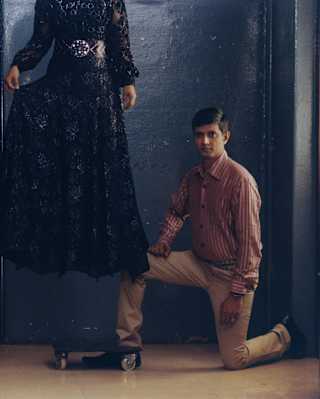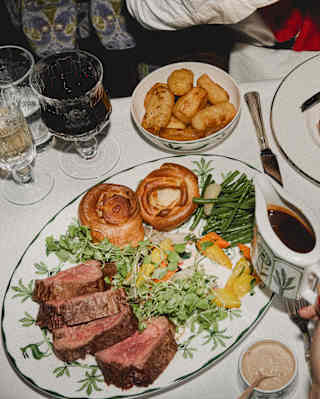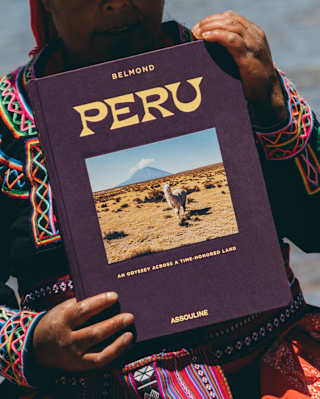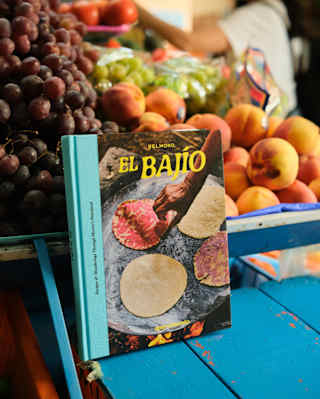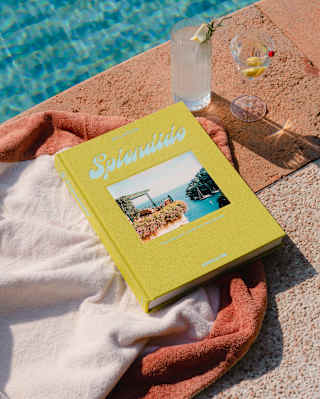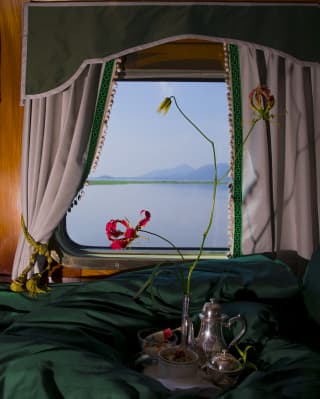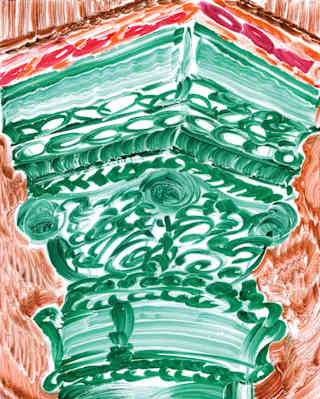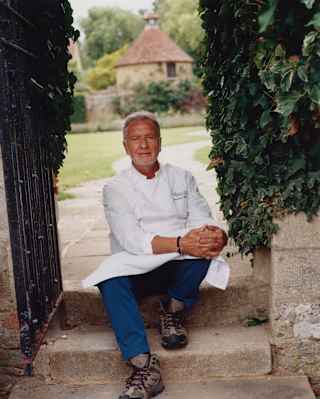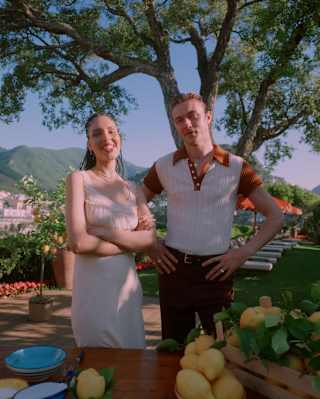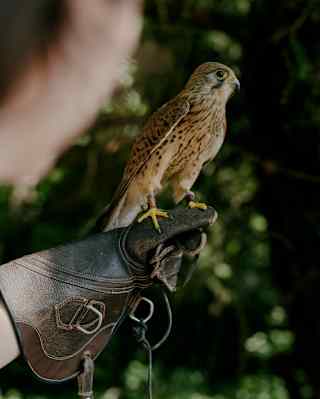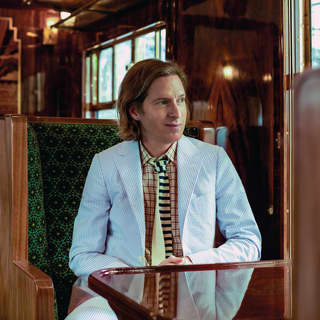Eat Your Way Through El Bajío
Discover ‘El Bajío: Recipes & Wanderings Through Mexico’s Heartland,’ the fourth cookbook in the collaborative series between Belmond and Apartamento.
Read more - Eat Your Way Through El Bajío Splendido: The Radiant Stage of Portofino
For the new Belmond Assouline travel book, British journalist Matthew Bell dives into the history of Splendido to tell us the tales of the gem of the Italian Riviera. The hotel, which has entered a new chapter on the radiant stage of Portofino after a painstaking renovation, transforms into a mythical legend in the new Assouline travel book – discover an excerpt from the guide and read about the secret stories behind the iconic destination.
Read more - Splendido: The Radiant Stage of Portofino Go with the Slow: The Rise of Train Travel
Belmond continues to shape the future of luxury train travel, marked this year by the arrival of the Britannic Explorer, the first train of its kind in England and Wales. Monisha Rajesh – author of four travel books including ‘Moonlight Express: Around the World by Night Train’ – discovers why slow travel is having a resurgence.
Read more - Go with the Slow: The Rise of Train TravelQuite the Site: Luxury Travel to UNESCO World Wonders
As proud custodians of historic properties near cultural and natural wonders, Belmond’s hotels and trains are the perfect choice for travellers with a historical hankering. Whether you’re marvelling at the ingenuity of the ancient Romans in Britain or the wonders of the Mayas in Mexico, our properties are your gateway to the past.
Read more - Quite the Site: Luxury Travel to UNESCO World Wonders 164 Seasons of Le Manoir with Raymond Blanc OBE
For 164 seasons spanning over 41 years, Chef Raymond Blanc OBE has pioneered garden-to-table gastronomy at Le Manoir aux Quat'Saisons in Oxfordshire. As we honour his legacy with his transition from Chef Patron to Founder and Lifetime Ambassador, we take a moment with him to look back at the last four decades of excellence, passion and joy.
Read more - 164 Seasons of Le Manoir with Raymond Blanc OBERecipe: Hotel Cipriani’s Bellini Cocktail
With fragrant white peach and chilled Prosecco, the Bellini is arguably the most famous cocktail in Venice. Learn how to make it with the original recipe from inventor Giuseppe Cipriani, founder of our iconic Hotel Cipriani.
Read more - Recipe: Hotel Cipriani’s Bellini Cocktail Lucky Blue Smith & Nara Smith Take the Amalfi Coast
As part of our new film series ‘Unpacked’, we explore a destination through the eyes of some of the world’s most seasoned travellers. Each mini-series follows a familiar face as they delve into a Belmond location and share personal travel memories from their own past adventures. In this episode, join Lucky Blue Smith and Nara Smith as they cook recipes rooted in the local region at Caruso, perched above the Amalfi Coast.
Read more - Lucky Blue Smith & Nara Smith Take the Amalfi CoastBreaking Bread with Chef Vania Ghedini
Living and working in Venice means having a constant connection with the wonders of the sea that surrounds this city. For Vania Ghedini, Head Chef at Hotel Cipriani’s ORO Restaurant, it’s also the source of her inspiration in the kitchen.
Read more - Breaking Bread with Chef Vania GhediniInside the Aviary at Le Manoir aux Quat’Saisons
From meeting thrilling birds of prey to unforgettable conservation stories, come face to face with nature’s most fascinating hunters – and the passionate falconers dedicated to giving them a safe perch to soar from.
Read more - Inside the Aviary at Le Manoir aux Quat’Saisons
